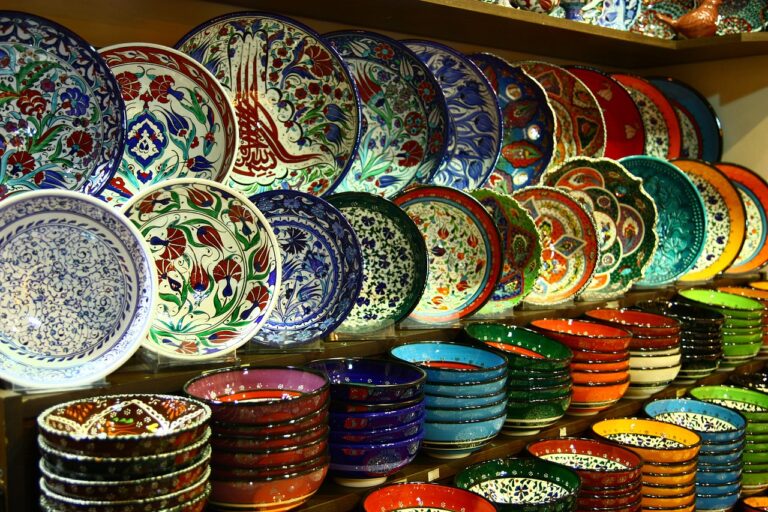The Evolution of Sustainable Fashion Design
Eco-friendly materials have a long and rich history in the world of fashion. From organic cotton to hemp and bamboo, sustainable fabrics have been used for centuries by various cultures for their durability and environmentally friendly properties. In ancient times, natural fibers were the primary choice for clothing due to their abundance and biodegradability.
The modern eco-conscious fashion movement gained momentum in the 20th century with the rise of awareness about the environmental impact of conventional fashion industry practices. Designers and brands started exploring innovative ways to incorporate sustainable materials into their collections, leading to a shift towards more eco-friendly and ethical manufacturing processes. Today, eco-friendly materials are not only a symbol of style and luxury but also a statement of commitment to preserving the planet for future generations.
Innovations in Sustainable Production Techniques
One noteworthy innovation in sustainable production techniques is the use of upcycled materials in fashion manufacturing. By repurposing waste materials such as discarded clothing or plastic bottles, designers are able to reduce the amount of waste going to landfills while also creating unique and eco-friendly garments. This practice not only minimizes the environmental impact of the fashion industry but also promotes creativity and innovation in the design process.
Another key advancement in sustainable production techniques is the implementation of waterless dyeing methods. Traditional dyeing processes in the textile industry are known to be water-intensive and can result in water pollution. However, with the introduction of technologies like air dyeing and digital printing, designers can now create vibrant colors on fabrics without the need for excessive water usage. These waterless dyeing techniques not only conserve a precious resource but also help in reducing the carbon footprint of garment production.
Impact of Fast Fashion on the Environment
Fast fashion refers to the quick production and consumption of inexpensive clothing that follows the latest trends. While this business model may be appealing to consumers due to its affordability and accessibility, it has significant negative consequences for the environment. The fast fashion industry contributes to environmental pollution through greenhouse gas emissions, water contamination, and textile waste.
One of the main environmental impacts of fast fashion is the massive amount of water and resources required for production. From cotton cultivation to dyeing and finishing processes, the fashion industry utilizes a substantial amount of water, often in regions where water scarcity is a pressing issue. Additionally, the production of synthetic fabrics like polyester further exacerbates the problem, as these materials are derived from non-renewable resources and release harmful microplastics into the environment.







